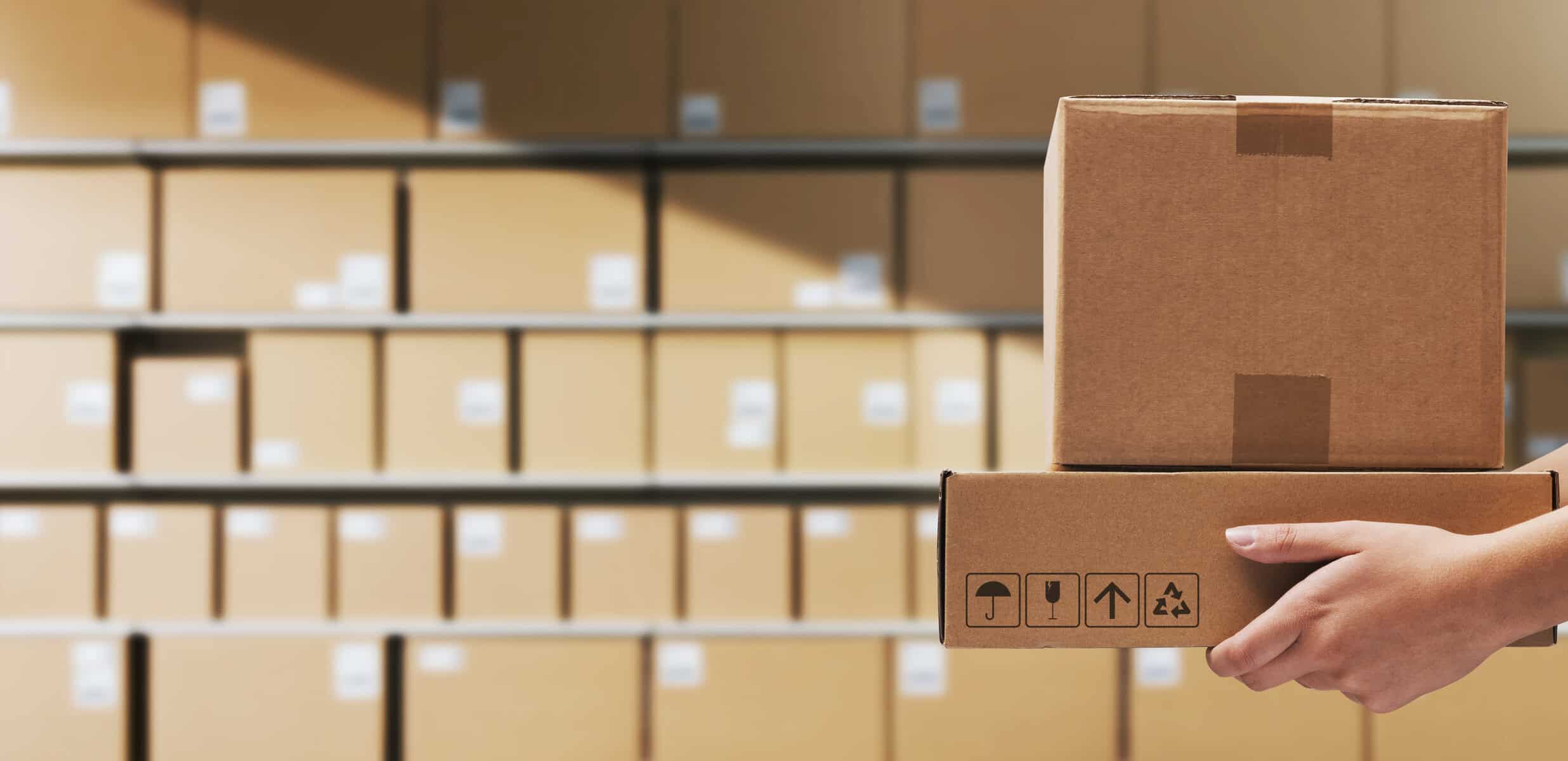Paper and cardboard are SA consumers’ top packaging choice, with 64% preferring it for online orders over plastic and metal.

A global survey on the print and paper industry confirms that paper-based packaging remains South Africa’s preferred sustainable choice.
Consumers value paper-based packaging for its recyclability, biodegradability or compostability, lower environmental impact, affordability, safety and ability to display clear product information, according to the South African findings of the 2025 Two Sides Trend Tracker.
With increasing pressure to reduce plastic waste and cut carbon footprints, the packaging sector faces intense scrutiny, said the Paper Manufacturers Association of South Africa (Pamsa).
South Africans prefer paper-based packaging
Paper-based packaging has emerged as a positive solution as it is made from renewable wood fibre from sustainably managed planted forests and/or recycled paper fibre.
Overall, paper and cardboard emerged as the top choice among consumers, who rated packaging materials based on 15 environmental, visual and physical attributes. In second place was glass, followed by plastic and metal that were on equal footing.
In this year’s survey, 64% of people said they prefer products ordered online to arrive in paper packaging, up from 58% in 2023.
ALSO READ: Logitech unveils recycled, spill-resistant keyboard and mouse
Additionally, 58% are actively taking steps to increase their use of paper packaging, while 80% expressed a preference for their online orders to be delivered in fit-for-size packaging.
Samantha Choles, Pamsa communication manager, said: “We acknowledge right-sizing is not always possible for online retailers. The good thing about cardboard boxes is that they are fully recyclable, regardless of their size, and welcomed by informal collectors and recycling companies.”
When it comes to being home compostable and biodegradable, 75% of respondents chose paper/cardboard.
Recyclability, biodegradability, and lower environmental impact
A further 53% selected it as the best material for the environment and 51% found it the easiest to recycle.
Glass ranked the highest in reusability, look-and-feel and brand image, with plastic being easiest to store. Metal packaging outstripped the other materials in strength and robustness.
Choles acknowledged that paper packaging may not always fulfil the same function as other materials.
ALSO READ: Waste picker definition swings SCA judgment against municipality
However, in today’s world, there is still a place for all packaging materials, provided they are responsibly produced and disposed of.
She pointed out that the local and global forest products sector has for years been exploring ways to use renewable materials like wood and cellulose and process byproducts like lignin to substitute materials that have a high environmental impact.
Virgin fibre comes from farmed trees grown in responsibly managed and certified plantations.
65% of people maintain that only recyled paper should be used
“These trees are considered renewable resources, with only 7–10% of 850 000 trees harvested annually and new trees planted in their place within a year. And all are absorbing and storing carbon,” she added.
The survey showed that 65% of people maintain that only recycled paper should be used to make paper products.
“The sole use of recycled paper in paper manufacturing is not possible, however,” said Choles.
ALSO READ: E-waste crisis sparks recycling initiative in Limpopo
“Paper fibres can only be recycled around seven times, each time shortening and weakening.
“Without new wood fibre from trees, the paper cycle cannot be maintained.”
In the context of reducing the consumption of non-recyclable single-use packaging, most respondents agree this responsibility should be shared by governments, local authorities, brands, retailers and supermarkets.
Notably, 46% acknowledge that they, as consumers, bear the least responsibility in this regard.






